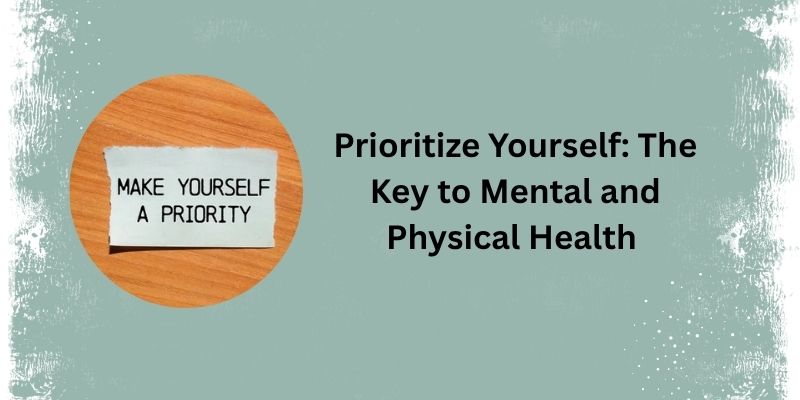If you've worked hard to build your savings, property, or business, losing any of it to a lawsuit is unsettling. Lawsuits can come from many directions—disgruntled employees, clients, neighbors, and even family members. In the United States, the legal system allows people to sue for almost anything, and regardless of whether the claim is valid, defending yourself can be expensive and exhausting.
Asset protection isn’t about hiding money or avoiding your obligations—it's about putting clear legal boundaries around what you own, so you're not left exposed in case something goes wrong. Done properly, it's legal, smart, and gives you peace of mind.
Use Legal Structures to Separate Personal and Business Assets
One of the most basic protections is separating your assets from your business. Too many small business owners start as sole proprietors and never change that structure, leaving their homes, cars, and savings at risk if the business is sued. Forming a limited liability company (LLC) or corporation draws a legal line between your personal life and the business. If something goes wrong at work, like a client suing for a missed deadline or an employee getting injured, the company—not you personally—is liable.
This protection only works if you maintain that separation. That means not using your business account to pay for personal expenses and vice versa. It also means keeping proper records, having contracts, and treating the company as a distinct entity. Piercing the corporate veil is the legal term used when courts decide someone didn’t respect the structure they created and hold them personally liable anyway. So, the protection is real, but it requires discipline.
For people with multiple properties or ventures, placing each one in its own LLC can make sense. That way, a problem in one area doesn't endanger everything you've built. If someone slips and falls at your rental property, you want them suing that LLC—not you or your other holdings.
Use Insurance, But Don’t Rely On It Alone
Insurance should be one of the first things you put in place, whether it’s general liability, malpractice, or a specialized policy for your line of work. It’s your first layer of defense and helps cover legal fees and settlements if things go south. Umbrella insurance is another option that sits on top of your existing policies and kicks in when your coverage maxes out.

But insurance has limits. Policies are full of exclusions, and insurers can refuse to pay if they believe you violated the terms. Claims can also take time; during that window, you might need to cover your legal costs upfront. Relying solely on insurance to protect your assets is like locking your front door but leaving the windows open.
That's where legal planning steps in. Insurance works best when paired with ownership structures, estate planning tools, and clear documentation that reduces your visibility as a lawsuit target.
Shift Ownership Strategically to Limit Exposure
Another strategy for protecting assets from lawsuits is to reduce what's technically in your name. If someone sues you and wins a judgment, the court looks at what you own. The less you own, the less they can take. This doesn't mean giving everything away but placing things in trusts or other legal entities you control but don't own personally.
One common example is the use of irrevocable trusts. When assets are transferred into one of these trusts, they no longer belong to you. They belong to the trust and are managed by a trustee to benefit the beneficiaries. These assets can be shielded from future legal claims if structured properly and done before a lawsuit arises. Timing matters here—transferring assets when a lawsuit is already on the horizon can be considered fraudulent conveyance and be reversed by a court.
Another method is tenancy by the entirety, which allows married couples to jointly own property in some states. In these cases, the property can't be taken to satisfy the debt of only one spouse. It's not available everywhere, but where it exists, it's a simple, low-cost protection for a primary residence.
Retirement accounts are another overlooked shield. Many qualified plans like 401(k)s and IRAs offer legal protection from creditors under federal or state law. That makes them a safe place to build wealth over the long term, especially when protection is part of the goal.
Stay Ahead With Documentation and Ongoing Legal Advice
Many lawsuits result from poor paperwork. Incomplete contracts, handshake deals, and vague agreements can all come back to haunt you. Whether it's a contractor relationship, a business partnership, or a property rental, having written agreements clearly defining responsibilities and expectations is one of the best ways to prevent problems before they begin.

Hiring a lawyer might not feel necessary when things are going smoothly, but regular check-ins with a legal advisor can help you spot blind spots and fix weak areas. Asset protection is not a one-time setup. Life changes, laws change, and what once worked might not be enough as your finances grow. Annual reviews with an attorney—especially after major life events like marriage, starting a business, or buying property—can keep your strategy updated.
Also, don't underestimate the value of being proactive. If someone looks you up and sees you've got nothing in your name or your business is separated and insured, they may decide it's not worth pursuing a lawsuit. Many lawsuits begin not because the person expects to win but because they expect a settlement. Making yourself a less appealing target is half the battle.
Conclusion
Protecting your assets from lawsuits isn’t something to put off until there’s a problem. Once someone has filed a claim or sent a demand letter, your options are limited, and any late moves can be questioned or undone in court. Building your protections ahead of time gives you control, and control is often the difference between surviving a lawsuit and losing more than you imagined. It doesn’t require secrecy or complicated offshore maneuvers—just thoughtful planning, the right legal tools, and a willingness to act before it’s too late.












